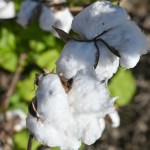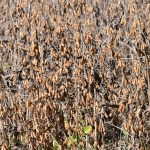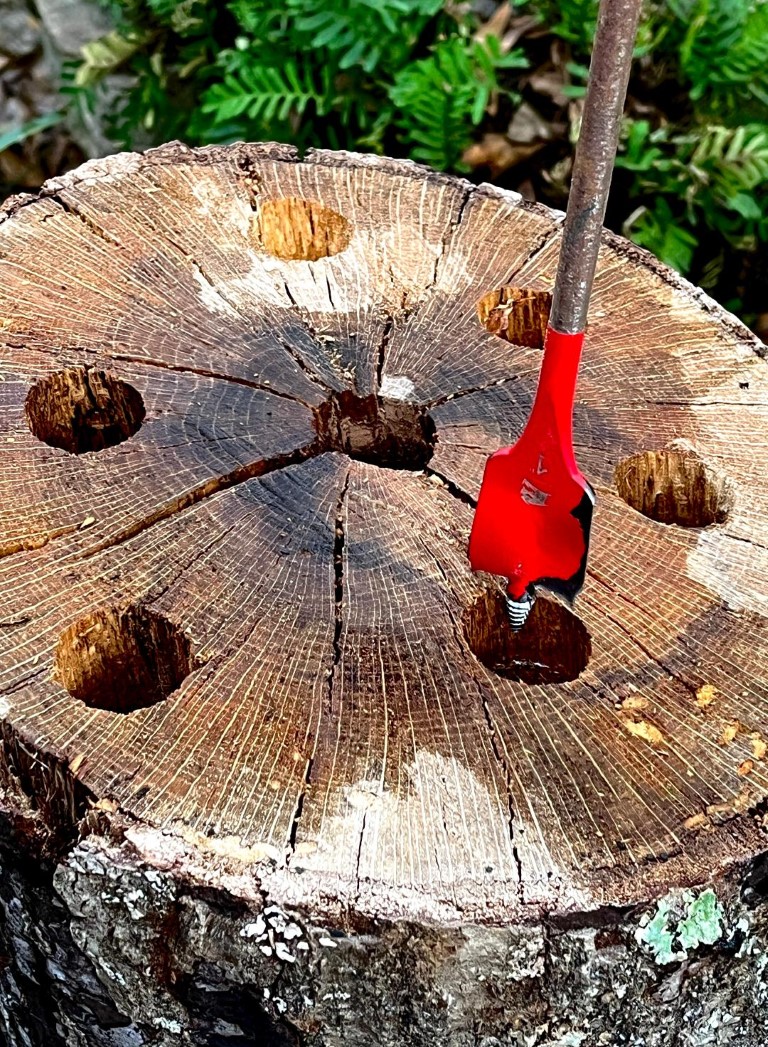Soybean, cotton harvests benefit from clear weather
Published 12:52 pm Friday, October 11, 2024



By Bonnie Coblentz
MSU Extension Service
Harvest for two of the state’s most significant row crops is well underway, with soybeans and cotton both ahead of schedule.
As of Oct. 6, 2024, the U.S. Department of Agriculture estimated that cotton was 43% harvested, ahead of the five-year average of 31% complete by this date. Soybeans were 76% harvested, where typically the crop is just 60% harvested.
Trending
Soybeans in Mississippi benefit from an early planting date, but rains interfered a bit with planting times, making some of the crop later planted and pushing harvest later in the year.
Preston Aust, agricultural agent in Humphreys County with the Mississippi State University Extension Service, said soybean harvest in this Delta county is nearly complete.
“We should be finished with soybean harvest in the next five to seven days,” Aust said. “Planting season was so stretched out this year that what is left in the field has not been sitting and waiting for harvest but is just now ready.”
He said the extended weather forecast shows beautiful harvest weather.
The later planting date for soybeans means Aust is expecting an average crop.
“We didn’t get enough acres planted in the right window,” Aust said. “The first planted beans are yielding pretty good, but a significant amount of the crop was late planted.
Trending
“We needed a bumper crop to compete with these low prices, but it’s not going to happen,” he said.
Josh Tilley, Extension agricultural agent in Lowndes and Noxubee counties, said soybean harvest there has been easy so far, and the crop is about 90% harvested. Some of the remaining soybean acres were double cropped with wheat and are still drying down after their later start.
“Yields are definitely down this year as compared to recent years, mainly because of the drought that we have faced in our area of the state,” Tilley said.
Kyle Lewis, Extension agricultural agent in Hinds County, said the only soybean acreage remaining for harvest in his county are the few that had to be replanted.
“Harvest weather has been good, and there were only a few days early in harvest that held combines out of the field,” Lewis said. “Our major challenge is deer damage.”
Soybean yields in the area seem to be about 10 bushels per acre below average, but Lewis said these are still better than average yields from drought-stricken fields in 2023.
“If we had gotten a few more timely rains, we could have increased some yields this year,” Lewis said.
Cotton was nearing the halfway point of harvest in mid-October. Brian Pieralisi, MSU Extension cotton specialist, said growers should hit 75% within 10 days if the current weather holds. In 2024, Mississippi growers had 520,000 acres of cotton.
“We had a few slowdowns with hurricanes Helene and Francine, and some areas that experienced delayed planting due to wet weather have a later crop,” Pieralisi said.
Tropical weather brings heavy wind and rain that devastates cotton that is ready for harvest.
“Cotton is vulnerable because, first, it is completely exposed to the elements,” Pieralisi said. “Defoliated cotton has no leaves to withstand the forces of heavy rain and wind. Then, when cotton is saturated in the boll, it is especially susceptible to fall out from the weight and wind, which only compounds this issue.”
Other problems that can occur as cotton nears harvest are boll rot, when bolls fail to open, and seed sprouting if bolls are saturated for an extended time, which compromises quality.
Pieralisi said the weather forecast for the state looks good for the next two weeks, which should allow growers to get most of the cotton harvested during this time. Average yields are expected to be just under 1,100 pounds of lint per acre.
“We are picking some extremely good cotton in the Delta and some locations in the hills,” he said. “The major factor limiting yields is areas that were drought stressed and maybe had a secondary yield-limiting factor, and some of the later planted cotton.”
Prices for both crops are variable.
Will Maples, Extension agricultural economist, said since September, cotton prices have rallied above 72 cents per pound, and the 2024 December futures contract averaged 73 cents per pound for the week ending Oct. 4.
“There are still many questions about the size of the U.S. cotton crop,” Maples said. “The crop has deteriorated throughout the year, with only about 30% rated good or excellent. This rating is primarily driven by Texas, where less than 20% of the crop is rated good to excellent.”
He said USDA currently projects 3.07 million acres of abandonment, and that number could rise, in part because there is not yet a clear picture of the damage caused by Hurricane Helene to cotton in the Southeast.
“The U.S. still faces challenges in the export market, as global cotton consumption has slowed,” Maples said. “In the short run, decreases on the supply side could drive higher prices.”
Soybean prices have rebounded slightly from the contract price lows of early August.
“The 2024 November futures contract averaged $10.50 per bushel for the week ending Oct. 4,” Maples said. “This is down from $12.73 per bushel from the same week last year.”
Cash prices for cotton are lower, and Maples said the national outlook for a record soybean crop continues to weigh on the market.
“With weakening exports, the large incoming supply is driving higher ending stocks, adding downward pressure to the market,” he said. “As the U.S. crop gets harvested, the market will focus on the outlook for the Brazilian soybean crop.”
Brazil’s soybean crop was off to a slow start from drought conditions, and continued dry weather could boost market prices.
“As the world’s largest producer of soybeans, any disruptions in the Brazilian crop could present opportunities to U.S. producers,” Maples said.








